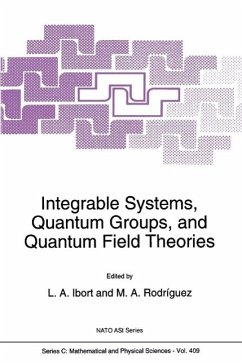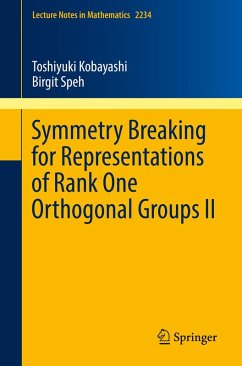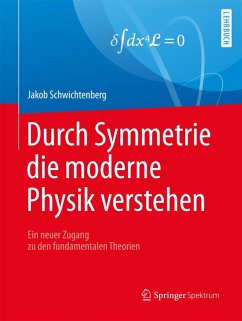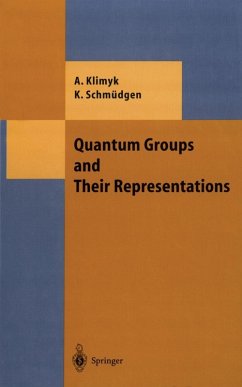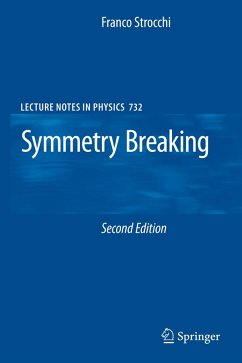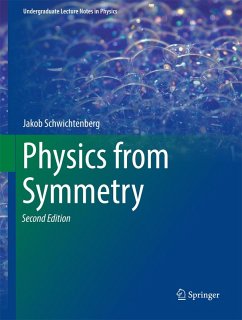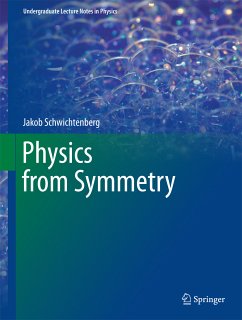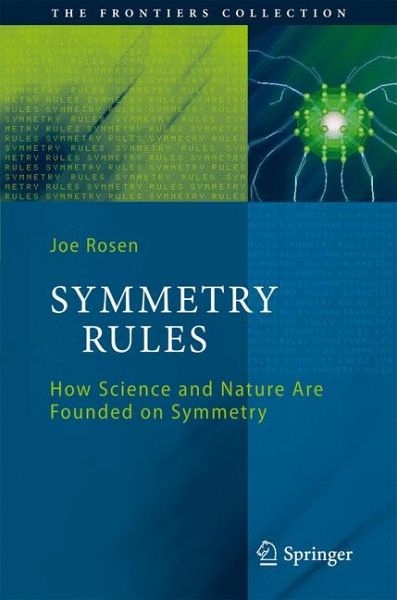
Symmetry Rules (eBook, PDF)
How Science and Nature Are Founded on Symmetry
Versandkostenfrei!
Sofort per Download lieferbar
40,95 €
inkl. MwSt.
Weitere Ausgaben:

PAYBACK Punkte
20 °P sammeln!
Ernest Rutherford (New Zealand-British physicist, 1871-1937), the 1908 Nobel Laureate who discovered the existence of atomic nuclei, is famously quoted as having said: "Physics is the only real science. All the rest is butter?y collecting." Or something to that e?ect. I like to include this quote in my introductory remarks at the ?rst class meetings of the physics courses I teach. I have seen that there are those whointerpret this as a put-down of amateurs (butter?y collectors) in science. However, my own interp- tation of Rutherford's statement is that he is claiming that, except for physics,...
Ernest Rutherford (New Zealand-British physicist, 1871-1937), the 1908 Nobel Laureate who discovered the existence of atomic nuclei, is famously quoted as having said: "Physics is the only real science. All the rest is butter?y collecting." Or something to that e?ect. I like to include this quote in my introductory remarks at the ?rst class meetings of the physics courses I teach. I have seen that there are those whointerpret this as a put-down of amateurs (butter?y collectors) in science. However, my own interp- tation of Rutherford's statement is that he is claiming that, except for physics, all of the rest of science is involved merely in collecting facts and classifying them (butter?y collecting). It is physics, uniqueamong the sciences, that is attempting to ?nd explanations for the classi?ed data. The periodic table of the chemical elements, originally proposed by DmitriIvanovichMendeleev(Russianchemist,1834-1907), presentsan example of this. Chemists toiled to discover the chemical elements and their properties and then classi?ed the elements in the scheme that is expressed by the periodic table. Here was the chemists' butter?y collecting. It took physicists to explaintheperiodictablebymeansof quantum theory.
Dieser Download kann aus rechtlichen Gründen nur mit Rechnungsadresse in A, B, BG, CY, CZ, D, DK, EW, E, FIN, F, GR, HR, H, IRL, I, LT, L, LR, M, NL, PL, P, R, S, SLO, SK ausgeliefert werden.





